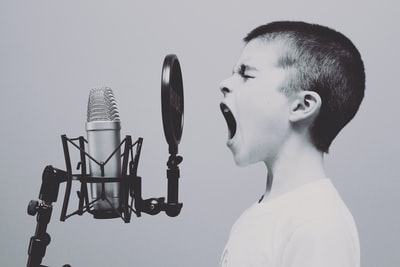
Sound is all around us, and it can be measured in order to inform and protect us, as some noises are dangerous. Loud noise, in fact, can be quite harmful to one's hearing. Hearing loss can be caused by the degree of noise, the distance a person is from the noise (distance from the noise), and the amount of time they listen to it.
Sound is a form of energy that travels in waves and is quantified in terms of frequency and amplitude. The number of sound vibrations in one second is measured by frequency, which is expressed in Hertz (Hz). The decibel (dB) scale is used to measure amplitude, which is a measure of pressure or forcefulness. The louder a sound is, the greater its amplitude.
A
logarithmic decibel scale differs from a linear scale in terms of
measurement. For example, a 10-fold increase in sound pressure level is
equal to a 10 dB rise on the decibel scale (SPL). Near silence is
measured in decibels (dB), whereas a sound measured in decibels (dB) is
10 times louder. A sound with a decibel level of 20 is 100 times louder
than relative silence.
No comments:
Post a Comment